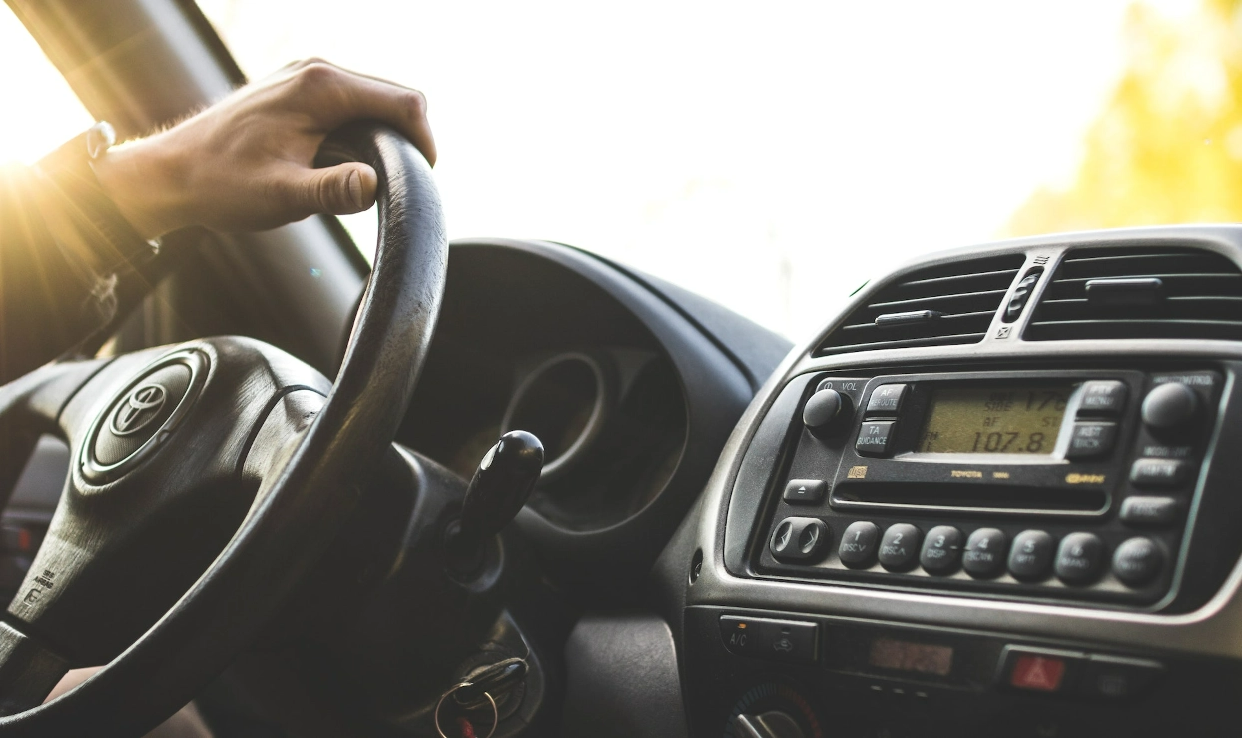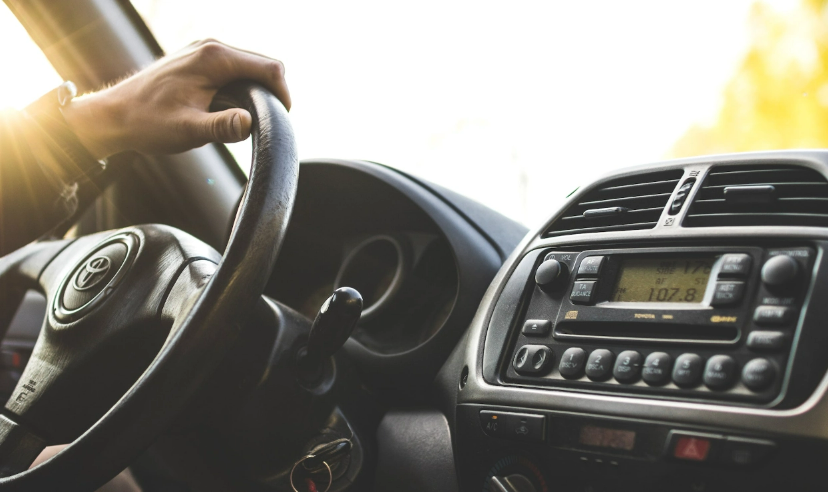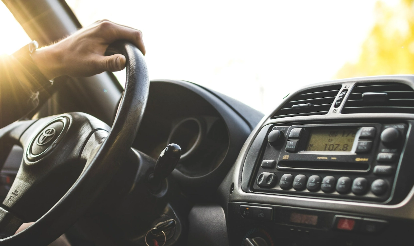Only a handful of vehicles can be considered icons in the Philippines. Of course, the jeepney will always take the top spot when it comes to our local historical significance. But following the jeepney, a few nameplates have been so present, and so timeless, as to be intertwined not just with the local automotive industry, but also with Filipino culture. Top of mind is the Tamaraw.
Engineered and built to handle the Philippine landscape and extreme swings in climate (sweltering summers and a brutal rainy season)—it quickly won the hearts of buyers looking for a tough, value-for-money vehicle that can serve multiple purposes. But with the arrival of the Tamaraw FX iteration in the ‘90s, the utilitarian nameplate was further cemented into Filipino culture.
When talking about sheer numbers and geographical presence, it is hard to match the Toyota Tamaraw FX. Every corner of the Philippines, from highly urbanized and dense cities, to the most remote provinces — the Tamaraw FX continues to make its presence known. But what is it about the Tamaraw FX that made it so popular? How did the nameplate become much adored by the public that it landed a role in nearly every facet of Filipino daily life?
BUILT FOR ALL
The Toyota Tamaraw FX was sold from 1992 to 2002 and saw use as everything from a family transport, business hauler, and even as a taxi, particularly in Baguio City. Its various trim levels catered to all needs. The entry-level variants (namely the wagon and high-side pickup) were easily the choice for those looking for a resilient, no-nonsense workhorse vehicle—while the higher-end GL Wagon variants were equipped with features that made the Tamaraw a very comfortable choice for growing families
Regulations during the late-’90s and early 2000s allowed the use of sideward-facing, third-row rear seats, which significantly increased passenger capacity. The choice between diesel and gasoline power plants made the Tamaraw FX versatile as well. Needless to say, there was a Tamaraw FX variant to suit every type of requirement and environment.
TRIED AND TESTED
But it was in the mountains of the Cordillera that the Tamaraw FX cemented its reputation as a reliable and capable vehicle. The very steep ascents and descents, as well as the off-road conditions (the scenic yet treacherous Halsema Highway was not yet fully paved in the late-’90s) and unpredictable weather conditions could not faze this vehicle.
Engineering-wise, the Tamaraw FX had features that made it a born performer in the mountains. Its climbing prowess was unmatched, thanks to its torquey engines and a first gear with a low ratio that allowed it to climb fully loaded with ease. And when the roads were muddy and slippery, the center-mounted fuel tank kept weight evenly distributed, which helped the rear wheels maintain traction no matter how slick the surface underneath was.
It was in unpredictable weather and less-than-ideal road conditions that the Tamaraw FX came into its own. It is safe to assume, then, that the Tamaraw FX gave drivers the confidence to reach even the most remote locations—and then make the return trip back home. It thrived where lesser vehicles would falter.
Until today the Tamaraw FX is still adored in the Cordilleras, or anywhere in the Philippines with challenging environments. Their numbers do not seem to have dwindled. Ask any Northern owner why they adore their FX and they will tell you: “Because it is efficient, parts are readily available, and it can climb with ease thanks to the torquey engines and center-mounted fuel tank.”
VALUE, DEMAND, LEGACY
It is estimated that between 3,000 and 5,000 Tamaraw FX units still roam the Cordilleras to this day. The simplicity of its drivetrain makes it easy to maintain. The robustness of the ladder-frame chassis and suspension components made it tough. And above all, it has a solid reputation that is legendary.
From its humble beginnings to becoming a revered nameplate synonymous with hardiness and resilience—the Tamaraw badge soldiers on in the hearts and minds of every Filipino. It is a name that has survived the test of time and no doubt will continue to do so in the years to come.


















